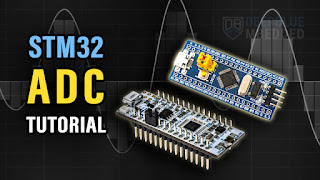What are LUTs, flip-flops, and logic slices in an FPGA?
These are core building blocks of FPGAs, and understanding them is key to grasping how digital circuits are implemented on FPGAs.
1. LUT (Look-Up Table)
What It Is:
A LUT is a small memory that stores the truth table of a logic function.
-
A 4-input LUT can implement any logic function with 4 inputs.
-
Internally, it behaves like a 16-entry memory table (2⁴ = 16 combinations).
-
You program the LUT with output values for each input combination.
Example:
To implement Y = A AND B, you store the correct output (0 or 1) in the LUT for each A and B combination.
Use:
-
Combinational logic (AND, OR, XOR, MUX, etc.)
-
Implements small logic gates efficiently
2. Flip-Flop (FF)
What It Is:
A flip-flop is a 1-bit memory element that stores a binary value on a clock edge (usually rising edge).
Use:
-
Sequential logic
-
Registers
-
Counters
-
State machines
Key Types:
-
D Flip-Flop (most common): Stores value of D input when clock ticks.
3. Logic Slice (or Logic Cell)
What It Is:
A logic slice (also called logic element or logic cell) is a small unit of FPGA fabric that includes:
-
One or more LUTs
-
One or more flip-flops
-
Optional carry logic, multiplexers, and control signals
The exact makeup of a slice varies by FPGA family (Xilinx, Intel, etc.), but this is the general idea.
Use:
-
A logic slice can implement:
-
One or more logic functions
-
Registered logic (with flip-flops)
-
Small arithmetic functions using carry chains
-
Putting It All Together
| Component | Role | Used For |
|---|---|---|
| LUT | Logic computation (truth table) | Combinational logic (AND, OR) |
| Flip-Flop | Data storage (1 bit) | Sequential logic, registers |
| Slice | Contains LUT + FF (+ more) | Unit of logic in the FPGA |
Example: Building a Counter
To build a 4-bit binary counter:
-
LUTs implement logic like
Q + 1 -
Flip-flops store current count
-
Slices group this logic together
Each slice might store 1 bit of the counter (LUT for increment logic, FF for state).




评论
发表评论